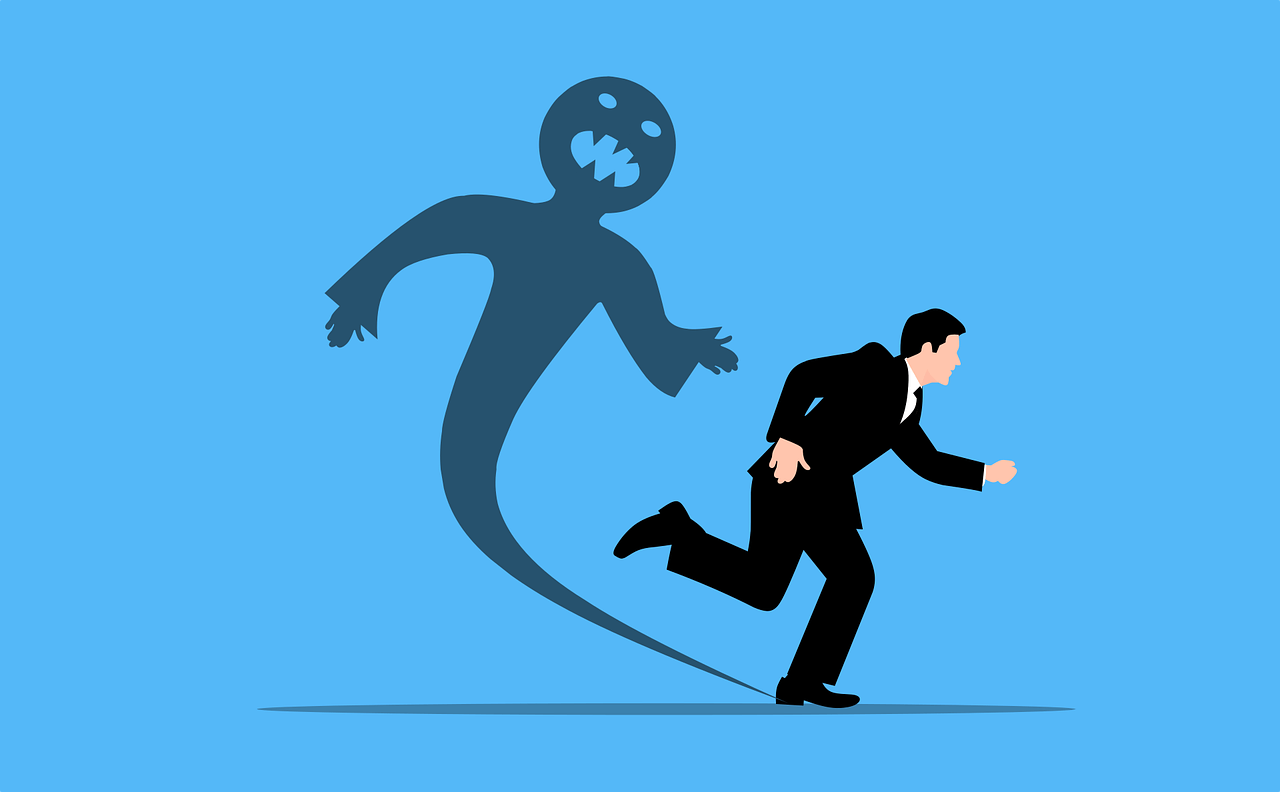Panic disorder can feel like an uninvited guest that overstays its welcome, disrupting lives with sudden bouts of overwhelming anxiety and fear. It’s a condition that doesn’t discriminate, affecting millions worldwide, making the quest for effective management strategies more critical than ever. Today, we delve into three innovative techniques that promise not just hope but a pathway to regaining control. Understanding these methods and integrating them into your life can be a beacon of hope for those feeling adrift in the tumultuous sea of panic disorder. Each technique offers a unique approach, providing a comprehensive toolkit for those seeking relief from the clutches of panic attacks.
Cognitive Behavioral Therapy (CBT)
At the forefront of combating panic disorder is Cognitive Behavioral Therapy (CBT), a technique grounded in the principle that our thoughts, feelings, and behaviors are interconnected. CBT works by unraveling the negative thought patterns that fuel panic attacks, teaching individuals to challenge and replace them with more balanced, realistic perspectives. It’s akin to reprogramming a computer; CBT reprograms the mind to respond differently to anxiety triggers.
This approach not only alleviates symptoms in the short term but also equips individuals with the tools to manage anxiety long-term, fostering resilience against future panic attacks. By systematically breaking down fears into smaller, more manageable parts, CBT demystifies the overwhelming nature of panic. It provides a clear, actionable plan that empowers individuals to take control of their anxiety, one thought at a time.
The evidence supporting CBT’s effectiveness is substantial, with numerous studies highlighting its ability to reduce the frequency and severity of panic attacks. The beauty of CBT lies in its structured approach, making it a tangible, learnable skill set for managing anxiety. Sessions with a skilled therapist can open new pathways of thinking, gradually building a foundation of confidence and calm. Patients learn to recognize triggers, understand their anxiety patterns, and implement coping strategies that can be life-changing.
For more on CBT’s success rates and methodologies, Psychology Today offers a comprehensive overview. Embracing CBT can lead to profound changes, not just in managing panic disorder, but in overall life satisfaction and emotional well-being.
Mindfulness and Meditation
Imagine confronting a panic attack not with fear, but with calm observation. This is the essence of mindfulness and meditation in managing panic disorder. By fostering an awareness of the present moment, mindfulness encourages individuals to experience their feelings and thoughts without judgment.
Meditation, with its roots in ancient practices, offers a variety of techniques to cultivate this mindfulness, ranging from focused breathing to guided imagery. This practice teaches the mind to stay anchored in the present, reducing the tendency to ruminate on past events or worry about future possibilities. It’s a tool that brings not only immediate relief but also long-term improvement in handling anxiety.
Incorporating mindfulness into your daily routine doesn’t require hours of meditation; even a few minutes can make a difference. The key is consistency. Resources like Mindful.org provide accessible tips and techniques to get started. As these practices deepen, they can significantly lower anxiety levels, providing a sense of peace in moments of panic.
Regular practice can transform your response to anxiety, making what once seemed like insurmountable panic attacks more like waves that crest and fall, observed with detachment and calm. The transformative power of mindfulness lies in its simplicity and accessibility, offering a serene refuge from the storm of panic.
Medical Cannabis
The conversation around medical cannabis and its role in treating panic disorder is evolving. With the discovery of how cannabinoids interact with the body’s endocannabinoid system, there’s growing interest in its potential to ease anxiety and panic responses. It’s important, however, to navigate this path with care, especially considering the legal and medical nuances involved.
Research into cannabis and its effects on anxiety is ongoing, but early results are promising, suggesting that it may help to regulate mood and alleviate acute symptoms of anxiety. This approach requires careful consideration and guidance from healthcare professionals to ensure it’s used safely and effectively.
In states like Alabama, where medical cannabis is legal, obtaining an Alabama medical marijuana card is the first step for residents seeking this form of treatment. This card allows for the legal purchase and use of cannabis for therapeutic purposes, under the guidance of a healthcare provider. While the prospect of using medical cannabis might bring hope, it’s crucial to approach it as part of a broader treatment plan, balancing benefits with considerations of dosage and side effects.
The process of obtaining a card involves a consultation with a qualified physician who can assess your condition and recommend cannabis if it’s deemed appropriate. It’s a new frontier in the treatment of panic disorder, offering another tool in the arsenal against anxiety. The journey towards using medical cannabis must be navigated with caution, ensuring it complements rather than complicates the path to recovery.
Integrating Techniques into Daily Life
Finding the right combination of techniques to manage panic disorder is a deeply personal journey. What works for one person may not work for another, emphasizing the importance of a tailored approach. Consulting with healthcare professionals can provide invaluable guidance, ensuring that strategies like CBT, mindfulness, and medical cannabis are utilized effectively and safely.
It’s about creating a personalized toolkit that addresses your unique needs and challenges. Over time, with patience and practice, these techniques can significantly improve your quality of life, reducing the frequency and intensity of panic attacks. The integration of these strategies can be a powerful testament to the strength and resilience inherent in each person, offering a roadmap to a life less dominated by fear.
Conclusion
Overcoming panic disorder is a journey of courage and discovery. With techniques like Cognitive Behavioral Therapy, mindfulness and meditation, and the responsible use of medical cannabis, there is a path forward. It’s a journey not just to manage symptoms but to rediscover a life defined not by fear, but by resilience and peace. Embrace these strategies with an open mind and a committed heart, and you’ll find that panic disorder doesn’t have to dictate the terms of your life.
Remember, while these techniques offer promise, the guidance of healthcare professionals is paramount in navigating the complexities of panic disorder. Embracing these strategies can be a transformative step toward not just managing panic disorder, but thriving in spite of it. The path may be challenging, but the destination—a life of greater peace and stability—is well worth the journey.





